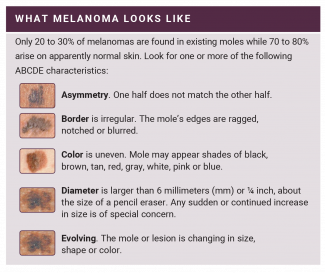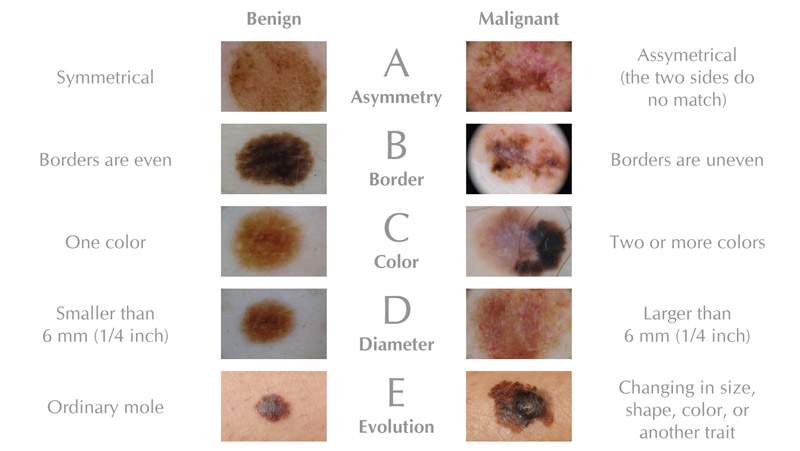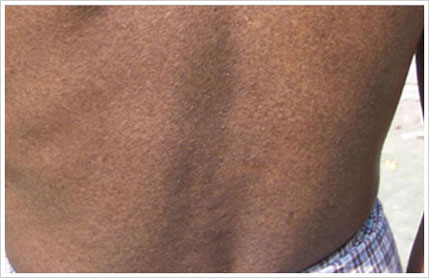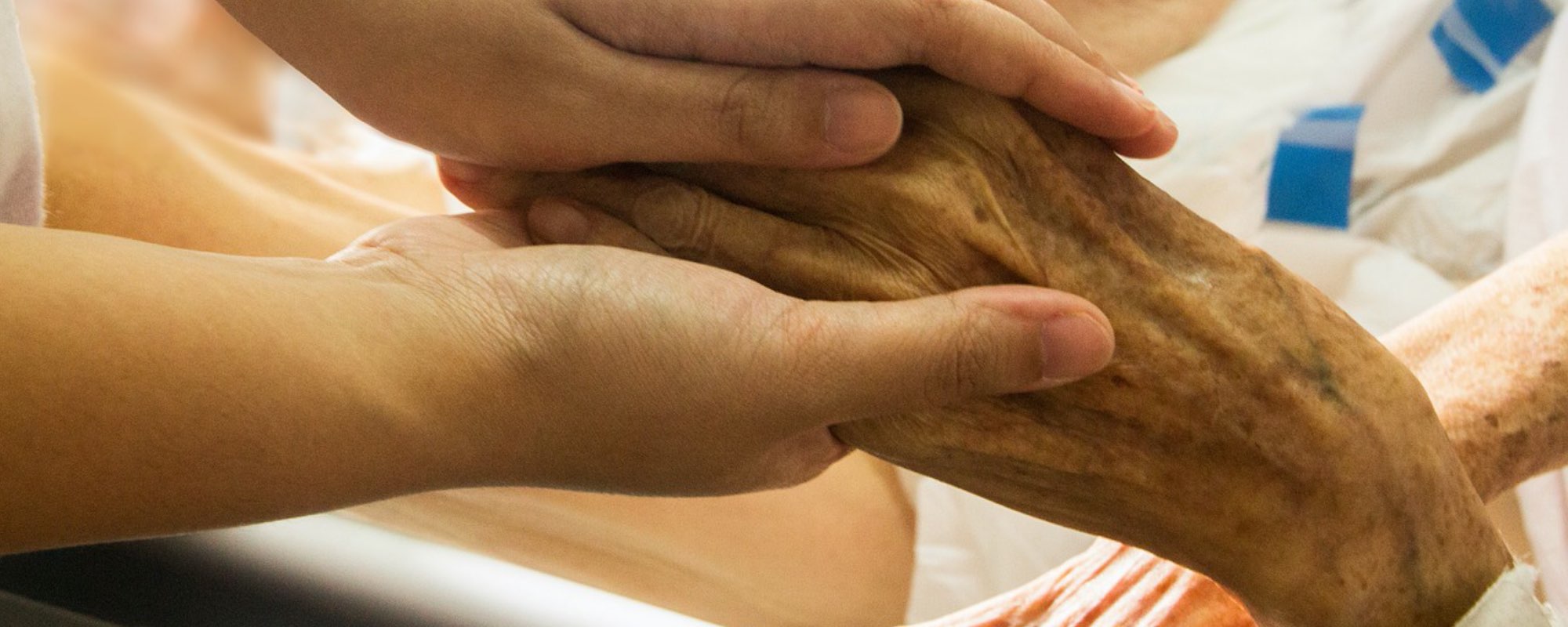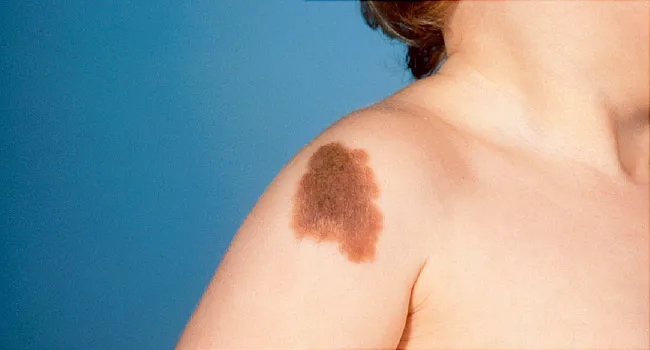The signs and symptoms of liver cancer are most often the result of liver damage and may include yellowing of the skin jaundice right sided abdominal or shoulder blade pain or a lump in the right upper abdomen.
Liver cancer skin color changes.
Urine is usually dark because of the bilirubin excreted through the kidneys.
In this pictorial review we will describe the skin manifestations of specific liver conditions illustrat ed with appropriate figures.
For example a person may look yellow because of liver problems slightly blue because of breathing problems bruised because of blood disorders or pink or red because of skin problems or extra sensitivity to sunlight.
Eventually symptoms may include.
This colour change in your poo could be a sign of the cancer liver cancer symptoms are triggered when cells start dividing uncontrollably in this organ.
Eventually symptoms may include.
Skin changes color usually because something is going on in the body.
Malnutrition and some forms of cancer can have similar effects as liver failure on.
Dark urine pale stools yellowing of the skin and whites of the eyes itchy skin and enlarged liver may occur within a week after contracting the virus.
List of causes of liver cancer and skin color changes alternative diagnoses rare causes misdiagnoses patient stories and much more.
Jaundice is a yellow discoloration of the skin and whites of the eyes due to abnormally high levels of bilirubin bile pigment in the bloodstream.
General skin findings in liver disease chronic liver disease of any origin can cause typical skin findings.
High levels of bilirubin may be attributed to inflammation or other.
Damage to the liver that causes chronic inflammation of the liver cells or promotes the buildup of scar tissue can interfere with the liver s ability to process bilirubin and produce bile.
This allows bilirubin to accumulate in the blood causing a yellowish discoloration of your skin known as jaundice.
Read full article on hepatitis a.
Identifying these changes early on can lead to prompt diagnosis and management of the underlying condition.

